This article is for anyone who feels nostalgic about the early days of solar. Whether you own an old system or are an installer working on one, you might be thinking about how to maintain or upgrade it. We’ll look back at the past and see how much has changed, highlighting the improvements that have made solar installations safer and more efficient over the years.
Reflecting on the Early Days of Solar in Australia
Looking back, it’s important to see how far the solar industry has come, especially in Australia. Grid-connected solar systems have been around since the late 90s when installation practices were still developing.
In those days, many systems were adapted from off-grid setups and connected to the grid by licensed electricians using AS3000 as their main guide. The standards were vague, leaving much open to interpretation.
I remember some of the installations I did in 2009, and looking back, some of the techniques I used then make me uneasy, especially with rooftop isolators. Today, practices and safety standards have improved a lot. Let’s explore how these standards have evolved and the key role they’ve played in making solar installations safer and more reliable.
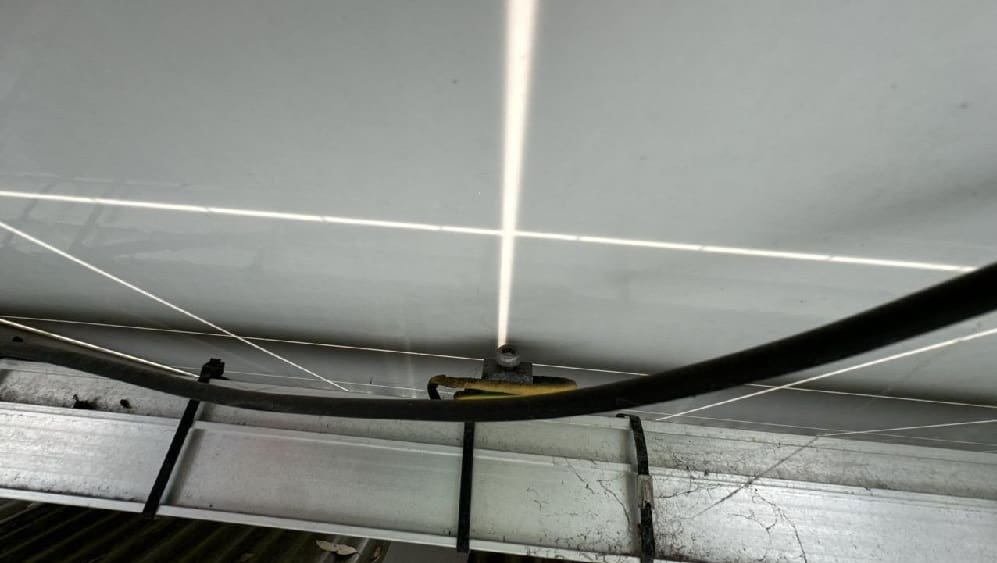
This is a system from 2013—the early days of earthing. There were teething problems as everyone got used to the new requirements.
A Time of Loose Standards and Learning Curves
In the early days of solar, installation standards were much simpler than they are now. The first versions of AS/NZS 5033 and AS/NZS 4777.1, released around 2005, were brief and lacked detail compared to today’s comprehensive guidelines. Though basic, these early standards laid the foundation for the industry’s growth helping to guide installers through the emerging landscape of grid-connected solar systems.
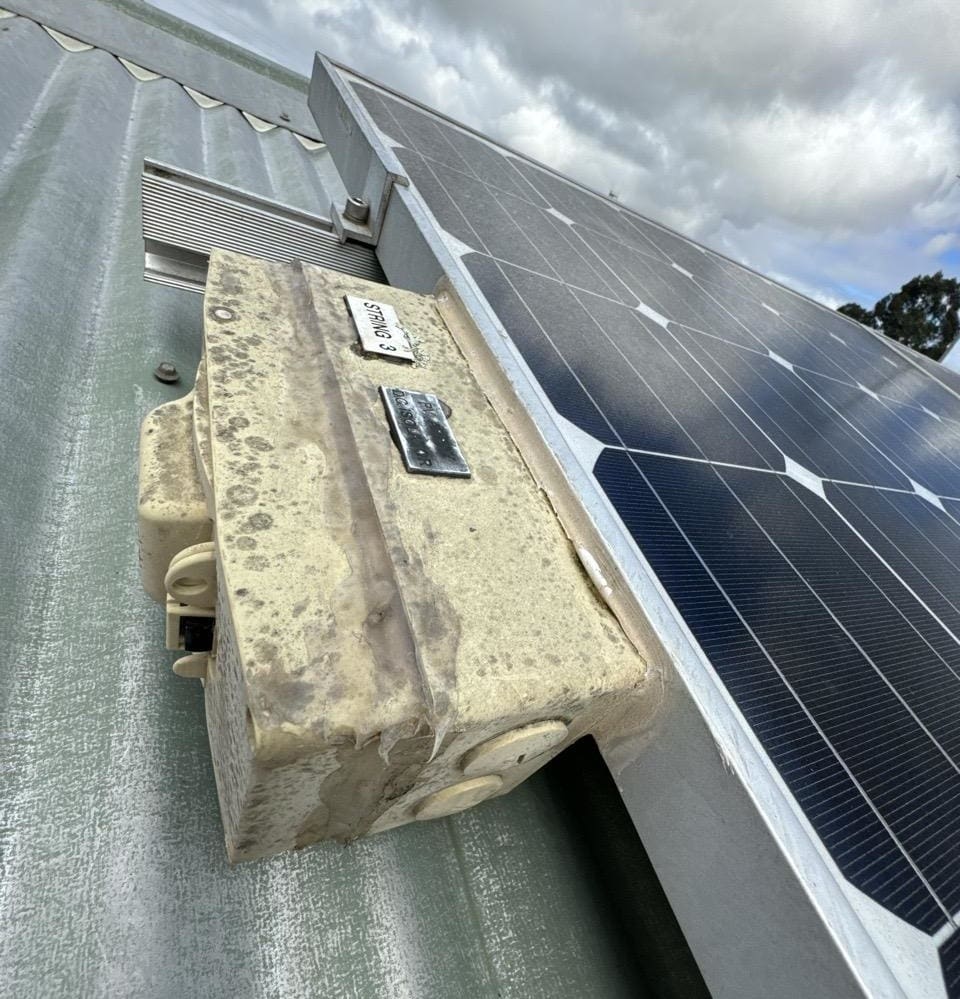
A rooftop DC isolator which has been exposed to the elements for approx. 8 years – obvious signs of decay.
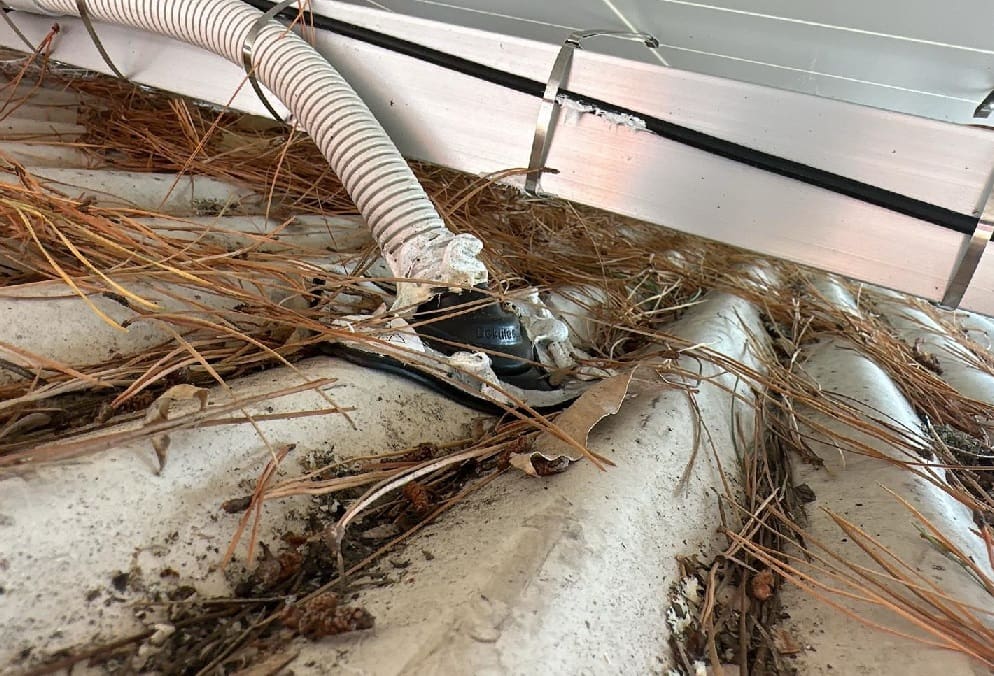
Steel cable ties became a popular method of fixing array cables in position after 2012, when PVC cable ties were not permitted as the primary means of fixing array cabling.
From Earthing Improvements to Safer Cables
Over the years, key changes in solar standards have been driven by improvements in safety and technology. In 2012, mandatory earthing for all arrays and modules became a major safety upgrade, along with the use of steel cable ties and rooftop isolators. First introduced in Victoria and then nationwide, these rules made installations safer. That year also saw the requirement for specific solar cables (PV1-F) in HD conduits for DC runs, adding another layer of safety.
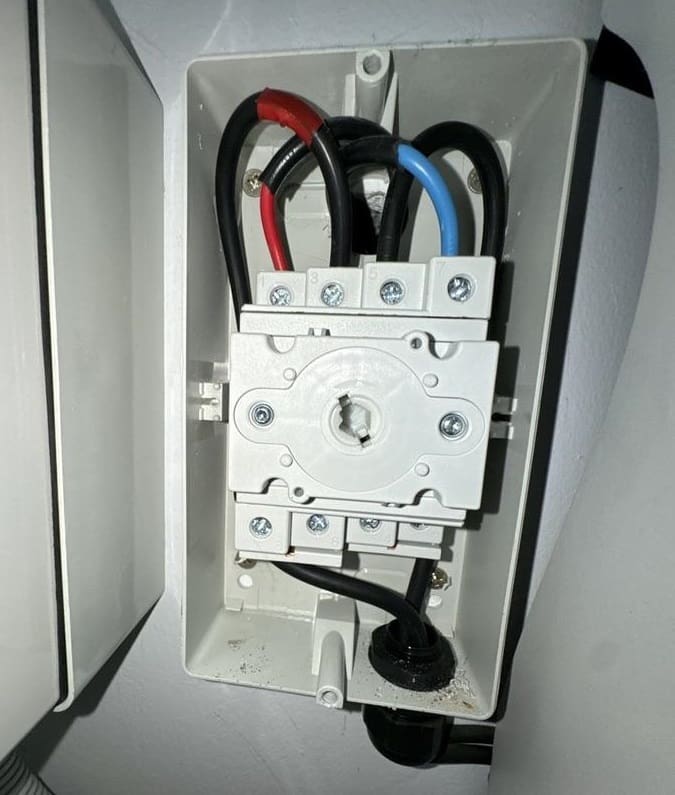
An install from 2011 – the DC cabling is not DC rated or classified as PV1-F.
In 2014, a 600-volt limit was set for DC voltage in homes (increased to 1000V in recent weeks) improving safety and requiring restricted access for commercial sites above this limit.
Later changes included stricter rules for main switches in 2016, larger shrouds for rooftop isolators in 2018, and tighter standards for DC isolators in 2019.
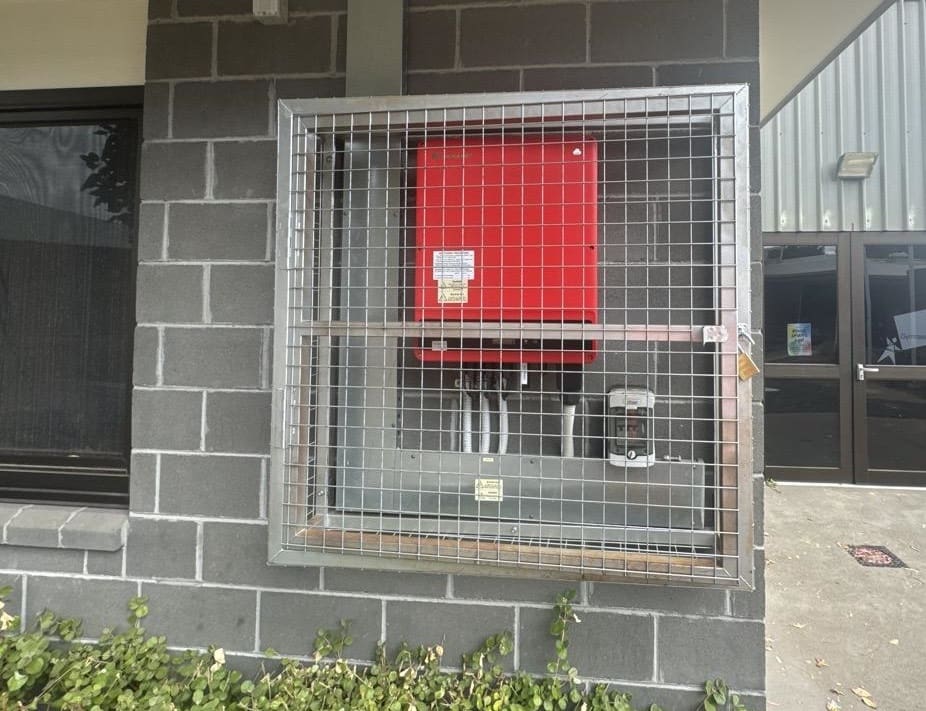
A DC system exceeding 600 Volts – restricted access provided by a cage.
How Disconnection Points Simplified Installations
Installers welcomed the 2022 introduction of disconnection points, as it eliminated the need for rooftop isolators and cut down installation time. However, this change also meant DC conduits could no longer run freely in roof cavities—a restriction that, though initially challenging, has been accepted for the added safety it brings.
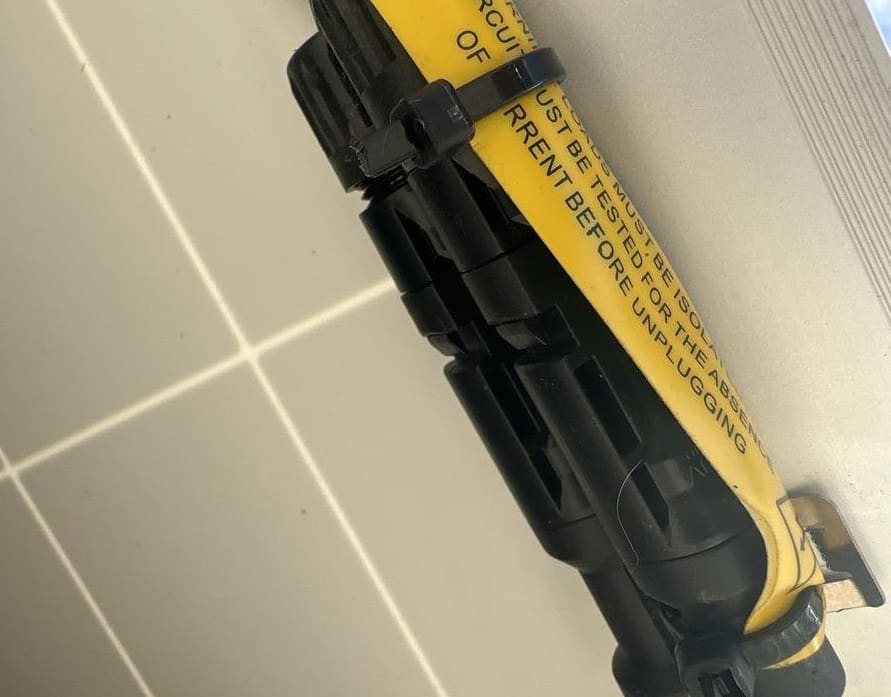
The conductor label of a Disconnection Point—it took some installers a bit of practice to get accustomed to this new method. This label does not allow the connector to be disconnected.
These milestones have changed how installations are done and posed challenges for installers and inspectors adjusting to new standards. Yet, each change has helped make solar installations safer and more reliable.
Remembering the Tough Old Days
An installer named Campbell, who has been installing solar for 16 years, said to me:
“I vividly remember a particularly hot summer day in 2015, struggling to install a rooftop isolator on a steeply pitched roof. The job was challenging, not just due to the heat and angle, but also because the isolator added unnecessary complexity to an already tough installation. When disconnection points were introduced in 2022, I couldn’t help but think back to that day, realising how much easier and safer installations have become.”
Key Lessons Learned
As solar standards evolved, several important lessons emerged. One came early in the last decade with the rule limiting optimisers or microinverters to 350 watts without DC isolation. At the time, 350W panels seemed distant, but soon panel sizes exceeded 330W and reached 400W, causing confusion about compliance. The rule has since been removed, but it was a tough lesson for the industry.
The Importance of Keeping Up with Solar Standards
Looking back at the journey of solar standards, it’s clear the industry has come a long way from its early, less regulated days. Each change, whether a small tweak or a major overhaul, has made solar installations safer and more reliable. While the path hasn’t always been straightforward—requiring adjustments, debates, and sometimes frustrating delays—these evolving standards reflect a commitment to doing things better.

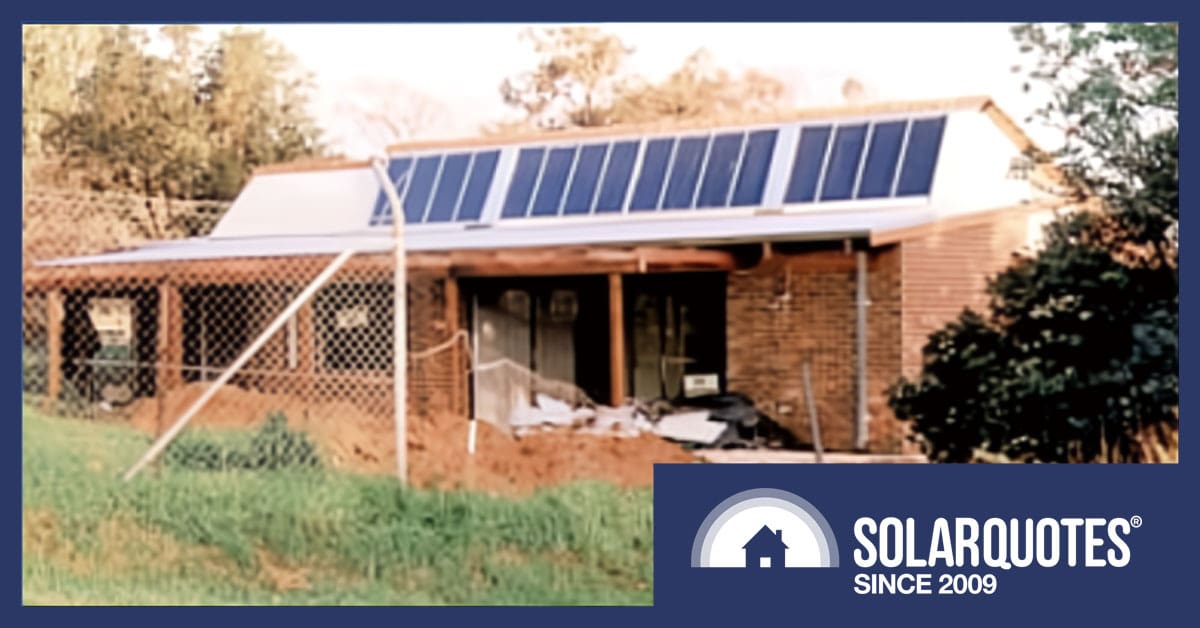
 RSS - Posts
RSS - Posts



Hi Pat,
Thanks for the article. You can tell Campbell that to reach agreement to get Disconnection Points into the Standard, a small group people gave their sweat, tears, heart & soul for months of meetings to reach agreement.
Mini Working Group 5, comprising Glen Morris, James Patterson, Brian Richardson, Chris Markwell, Gary Busbridge, David Minchin and myself, Geoff Bragg , all deserve a medal for perseverance and determination, whilst listening to alternate views, and finally reaching consensus.
We did it, and every time I drive past a rooftop array with a yellow label for a disconnection point, I think of those endless meetings, and our achievement.
All for the sake of a switch….
Thanks for the trip down memory lane Pat.
Another giant leap forward in safety for customers and installers alike was the CER demanding proof that the accredited installer was present throughout the install with geo located time stamped selfies and restricting them to two install sign-offs per day. No proof, no STCs.
That simple move instantly knocked out many cowboys who barely went to site, signed off on 5 or 6 installs a day from their lounge room and left backpackers and school leavers to do the majority of the electrical work.
steel cable ties situation has not improved. The coated cable ties are for compliance only. The coating is like paint and the sharp edges remain.
Thanks Matt,
In my opinion stainless ties are a cruel joke, they should only be used to secure conduit.
Another thought is if we can get this through we can work on eliminating the stupid 1.333x arbitrary oversizing limit.
Not contentious change number one. If you want to add more panels to an install beyond 1.333x then you can do that without subsidy. This should be allowed immediately.
What do we need to do?
I think that would be a great way to do it…lose the subsidy for anything over 133% rather than lose everything altogether.
However, there many be implications on the inverter warranty in terms of exceeding input voltage and current limits and overall power. Fronius for example only permit 150% oversizing even if you connect a battery so going from 133% to 150% may only be a panel or two more.
Sigenergy only go up to 160% oversizing for their 3-phase inverters. Another manufacturer limiting the use of additional panels when batteries are installed.
Actually Sigenergy have just approved 200% oversizing on both 1ph and 3ph. I got an email about a week ago from them saying so, but your point is well made. Sungrow 150% on the existing 3ph 10kW but 200% on the new 15/20/25kW hybrids. Goodwe 160%